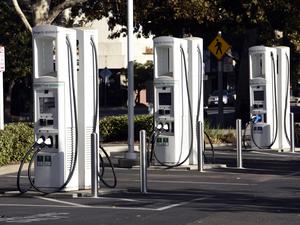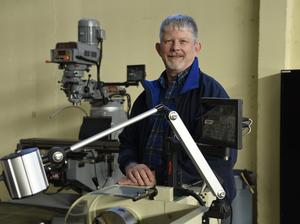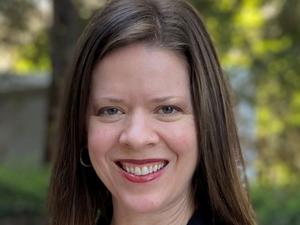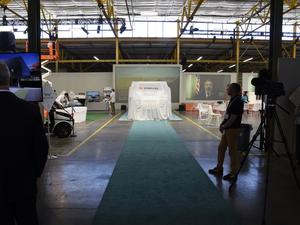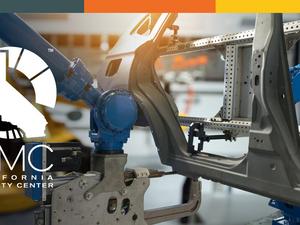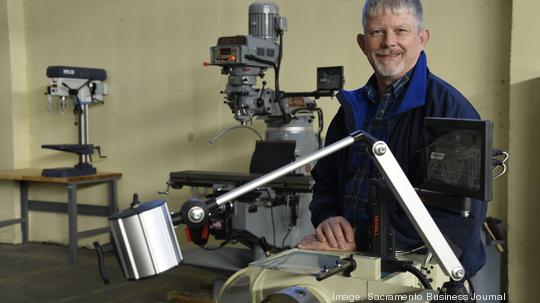
High gasoline prices show what supply problems can do to transportation.
To make sure those problems can be avoided with electric vehicles in the future, the California Mobility Center is partnering with nationwide electricity reliability groups.
The Sacramento-based mobility center’s members include carmakers, technology companies, utilities, charging companies and a host of startups that access the center’s ramp-up factory.
“Electricity consumption by plug-in electric vehicles across North America will grow exponentially over the next decade,” said CMC chairman Arlen Orchard, in a news release. “The rapid rate of growth poses significant implications to electric system reliability if left unaddressed.”
California saw EV sales hit 81,292 in the first quarter this year, a new record and a 38% increase year-over-year. That represented 16% of all car sales, according to the California Energy Commission.
California now has over 1 million EVs on the road. But the state has about 14 million registered vehicles, and as more of them tap the electric grid, it could affect the grid's reliability, said Mark Rawson, chief operating officer of the Mobility Center.
In 2020, Gov. Gavin Newsom issued an executive order mandating that all new passenger cars and trucks sold in California after 2035 must be zero-emission vehicles.
The Mobility Center was approached by the Atlanta-based North American Electric Reliability Corp. and the Salt Lake City-based Western Electricity Coordinating Council to convene experts to identify potential problems with resiliency and reliability of regional grid operators as more EVs start charging in the future, Rawson said.
The NERC is a federal group that uses science-based evidence to maintain the reliability of the high-power grid, which is the system of connected transmission lines between states. The WECC coordinates power flow to prevent blackouts on the Western grid from Canada to Mexico, including many U.S. states in the West.
In March, the Mobility Center hosted a seminar on grid reliability related to EV adoption, which included experts from WECC, NERC and the Lawrence Berkeley National Laboratory. Those power-centered groups wanted the support of the California Mobility Center because it has participants including car companies, manufacturers, charging technology companies and others in the industry, Rawson said.
“This significant collaboration will support electric system reliability and importantly, a successful transition to mass electric vehicle adoption," Orchard said. “This is precisely the type of inter-industry collaboration the CMC seeks to foster.”
The mobility center was initiated in 2019 by the Sacramento Municipal Utility District, which made an initial $5 million investment and committed to up to another $10 million in matching funds. The center now has more than 30 members, and partnerships with international transportation technology groups and utilities.
